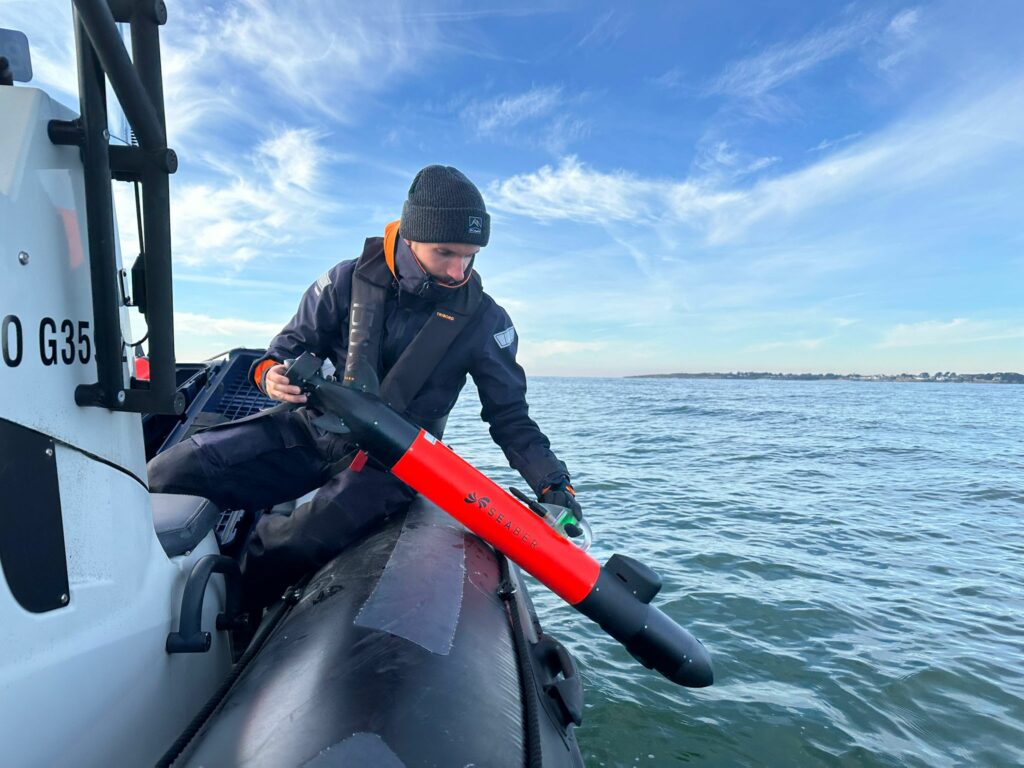
How much does an autonomous underwater vehicle (AUV) cost?
Autonomous Underwater Vehicles (AUVs) are powerful tools used for underwater exploration, mapping, data collection, and inspection across a wide range of industries. As interest in ocean technology continues to grow—from climate research and offshore energy to national defense and underwater archaeology—many organizations and institutions are asking: How much does an AUV actually cost?
The answer depends on several key factors, including size, capability, sensors, endurance, and mission-specific features. AUV prices can range from $50,000 to several million dollars depending on their purpose and sophistication.
1. Entry-Level AUVs ($50,000 – $250,000)
At the lower end of the market, compact AUVs are designed primarily for research, education, and light survey work. These smaller models are often used by universities, marine institutes, and environmental monitoring agencies.
Features:
- Lightweight and portable
- Basic sensors (e.g., depth, temperature, salinity)
- Short to medium battery life (up to a few hours)
- Depth ratings of around 100–300 meters
- Easy deployment from small boats or shore
These vehicles offer excellent value for small-scale missions but are limited in payload capacity and endurance.
2. Mid-Range AUVs ($250,000 – $1,000,000)
Mid-tier AUVs are more capable, designed for professional-grade oceanographic research, offshore surveys, and infrastructure inspection. These are commonly used by oil and gas companies, government agencies, and defense contractors.
Features:
- Advanced sensors (multibeam sonar, side-scan sonar, ADCP, magnetometers)
- Modular payload bays
- Mission durations of 12–48 hours
- Depth ratings up to 1,000–3,000 meters
- Integrated navigation systems (e.g., inertial navigation, DVL, USBL)
These AUVs strike a balance between performance and cost, offering versatility across scientific and industrial missions.
3. High-End AUVs ($1,000,000 – $5,000,000+)
At the top of the spectrum are deep-diving, long-range AUVs built for complex missions in extreme environments. These systems are typically deployed by national navies, global energy firms, and top-tier oceanographic institutions.
Features:
- Endurance ranging from several days to weeks
- Depth ratings of 4,000–6,000+ meters
- High-resolution mapping capabilities
- Large payload capacity with multiple swappable sensor modules
- Advanced autonomy, fault-tolerance, and self-diagnostics
- Onboard AI for adaptive mission behavior
These vehicles are built for extreme performance—capable of mapping the deep ocean floor, surveying vast pipeline networks, or conducting military reconnaissance over large areas with minimal human intervention.
4. Additional Costs to Consider
The price of the AUV itself is just one part of the total cost of ownership. Buyers should also account for:
- Training and support services
- Software licenses and mission planning tools
- Maintenance and spare parts
- Payload integration (e.g., custom sensors or sampling tools)
- Deployment equipment (e.g., launch and recovery systems)
- Data processing and storage infrastructure
For commercial or institutional use, total project costs—including operation and support—can easily exceed several times the initial AUV price, especially for long-term missions.
The cost of an Autonomous Underwater Vehicle varies widely depending on its mission profile, depth rating, endurance, and onboard technology. Whether you’re a marine researcher seeking a lightweight survey tool or a commercial operator requiring deep-sea, long-duration capability, there’s an AUV to match your needs—and your budget.
If you’re planning to invest in an AUV, it’s essential to consider not only the base price but also the operational, logistical, and data-related costs that come with owning and deploying an advanced underwater system.
